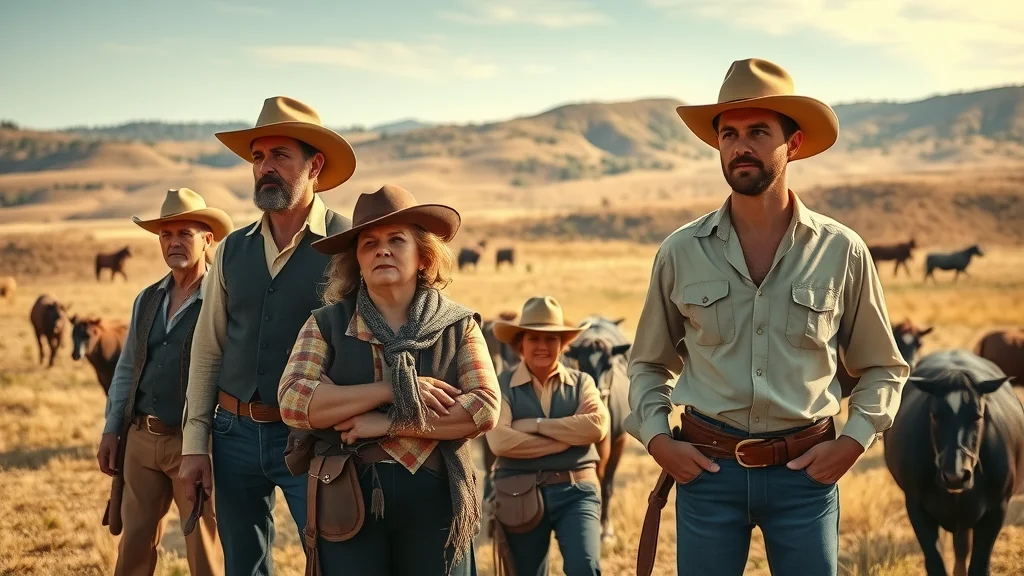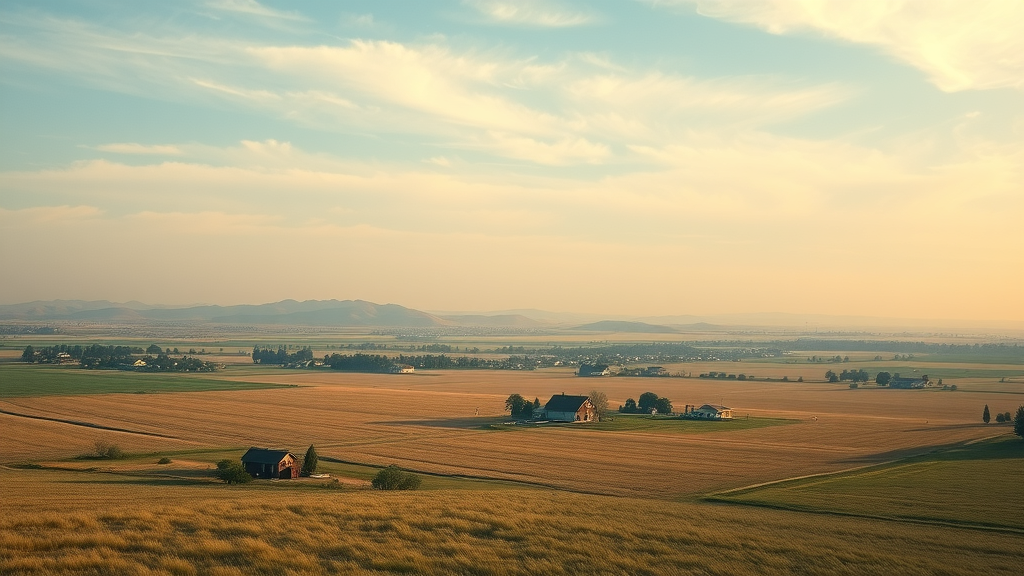Did you know that Irvine, CA was carefully master-planned before the very first shovel touched its soil? This visionary approach transformed former ranchlands into one of the United States' most admired modern cities. Today, Irvine is celebrated not just for its beautiful neighborhoods and parks but for its rich tapestry of history woven with innovation, intention, and a steadfast commitment to open space preservation. Whether you’re a resident, a history buff, or just curious about what makes Orange County’s jewel so special, this story will uncover surprising milestones, colorful characters, and the powerful ideas that shaped Irvine’s enduring quality of life.
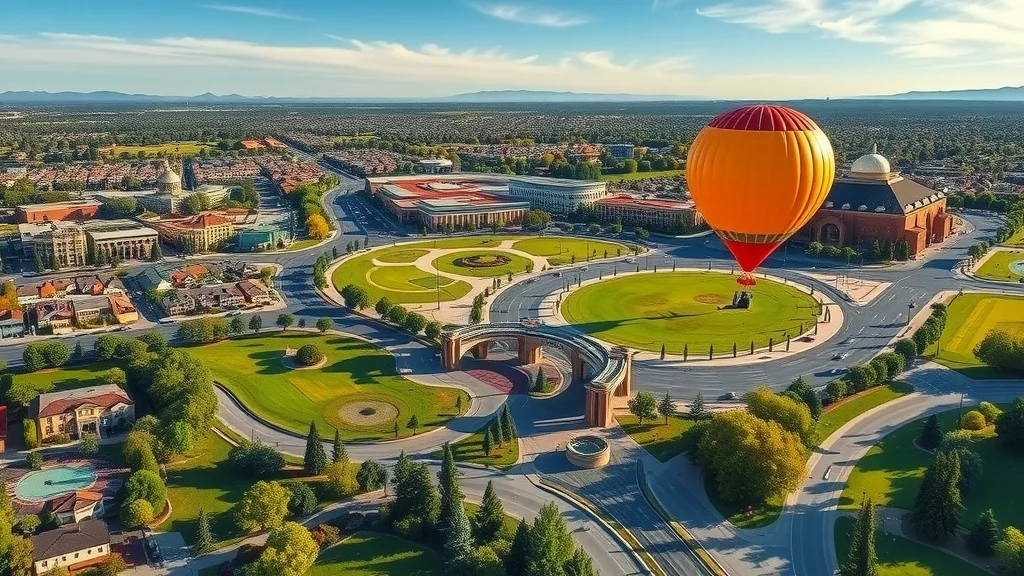
An Unconventional Introduction to Irvine, CA History
“Did you know Irvine, CA, was master-planned before its first shovel hit the dirt?” / Urban Planning Expert
Irvine, CA, has a history unlike that of any other city. From the very beginning, this vibrant city was designed with a purpose, setting itself apart with a blend of bold vision and thoughtful urban development. Long before fields became neighborhoods or freeways were drawn on a map, the seeds of a unique community were planted. Rather than simply evolving over centuries through trial, error, and haphazard sprawl, Irvine emerged from the deliberate blueprints of forward-thinking planners, who wanted to shape a place where families could thrive, businesses could grow, and nature would always have a home.
What sets Irvine, CA, history apart? It began with the sweeping fields of Rancho San Joaquin, which transformed into the famous Irvine Ranch, a massive land grant with roots in early California’s Spanish and Mexican eras. Over time, the vision of landowners like James Irvine and visionary developers led to the creation of the first (and arguably most successful) master-planned city in America. Irvine’s journey, marked by the rise of the University of California, the transformation of military land into the iconic Great Park, and careful attention to education and environmental stewardship, offers an inspiring roadmap for communities everywhere.
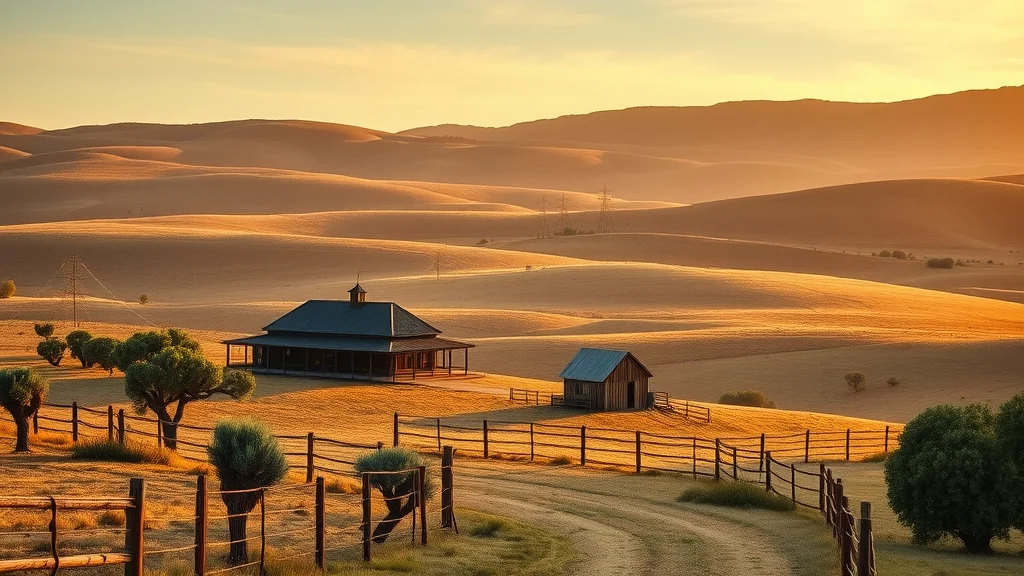
What You’ll Learn About Irvine, CA History
Key milestones in Irvine, CA history
The origin and impact of Irvine Ranch
How the city of Irvine's master plan shaped modern urban development
The role of the University of California in shaping the city’s identity
Understanding open space preservation efforts
Little-known facts and answers to popular Irvine history questions
A Timeline of Irvine, CA History: From Ranch to City
Year |
Key Event |
Significance |
|---|---|---|
1800s |
Rancho San Joaquin land grant |
Origin of the lands that became Irvine Ranch, part of early California history |
1864 |
James Irvine acquires vast ranch lands |
Foundation for Irvine Ranch, shaping the city’s future |
1894 |
Irvine Ranch was established as a major agricultural hub |
Agriculture fuels Orange County development and the local economy |
1942–1946 |
Marine Corps Air Station El Toro was built |
World War II military hub, future site of Great Park |
1959 |
University of California selects site for new campus |
UC Irvine spurs education and innovation |
1971 |
City of Irvine incorporated |
Launch of master-planned, integrated community |
2002 |
Orange County Great Park project begins |
Transformation of former military land into a massive public park |

Irvine Ranch: The Foundation of Modern Irvine, CA History
At the root of Irvine, CA, history stands the remarkable story of Irvine Ranch. Once part of the vast Rancho San Joaquin and neighboring land grants, this land changed hands several times before James Irvine, an enterprising immigrant from Ireland, purchased it in the mid-19th century. Over generations, the Irvine family cultivated the ranch into a legacy of agricultural innovation, fields of lima beans, citrus, and livestock, fueling Orange County’s economic growth and helping shape Southern California’s farming culture. This land became a symbol of resilience and vision, with James Irvine II guiding the transition from agricultural empire to community building.
Rancho San Joaquin beginnings: The land’s Spanish/Mexican roots, once used for cattle and crops, are still part of the local landscape and lore.
James Irvine’s acquisition: In 1864, James Irvine established a legacy by buying over 100,000 acres, which he and his descendants carefully managed and protected from hasty development.
Agricultural innovation and heritage: From orange groves to bean fields, Irvine Ranch became legendary for sustainable innovation and adaptability even as post–World War II pressures transformed the local economy and culture.
The Master Plan: Visionary Urban Development in Irvine, CA History
Irvine’s master plan is a testament to progressive urban development. Designed with intention by the renowned firm of William Pereira and advanced by the Irvine Company, Irvine was crafted to balance homes, businesses, parks, and schools. Unlike other American cities that grew without direction, Irvine’s growth was coordinated each village, park, and shopping center part of a comprehensive urban tapestry. The master plan not only defined land use and neighborhoods but also introduced integrated open spaces, schools within walking distance, and a commitment to sustainable living elements that now inspire city planners nationwide.
“The Irvine Company’s master plan redefined what a city could achieve.” / Urban Development Analyst
The city of Irvine became a living laboratory for urban innovation. By implementing zoning for balanced growth, integrating green spaces at every turn, and putting world-class schools at the heart of each community, the city set a benchmark for quality of life in Orange County and beyond. Modern developments, such as the Irvine Spectrum and other planned communities, echo these original principles. The result? A landscape that feels inviting and deliberately connected, with easy access to parks, jobs, and top schools one where quality of life isn't just a phrase, but a daily reality.

Zoning for balanced growth
Integrated green spaces
World-class schools and facilities
Open Space Preservation: A Signature of Irvine, CA History
No story of Irvine, CA, history is complete without celebrating its groundbreaking commitment to open space preservation. Throughout the city’s development, leaders ensured that vast parks and natural landscapes would be woven into each community. Nowhere is this more apparent than in the transformation of the former Marine Corps Air Station El Toro into the beloved Orange County Great Park. This centerpiece joins a rich network of local reserves, wetlands, hiking trails, and sports fields that refresh the city’s air and foster a strong sense of community.
The Great Park transformation
Extensive park networks
Protected wildlife habitats

The Role of the University of California, Irvine in Irvine, CA History
The opening of the University of California, Irvine (UCI) in 1965 marked a turning point in both the city’s identity and Irvine, CA history. Anchoring the educational and research landscape of Orange County, UCI became a magnet for students, families, and businesses seeking opportunity and innovation. Its acclaimed programs and vibrant campus spirit enriched the region's culture, attracted global talent, and fostered the diverse, forward-thinking community for which Irvine is now famous. The university’s partnerships with local technology and biomedical firms have driven economic growth, and its commitment to sustainability and public service reflects the city’s emphasis on quality of life.
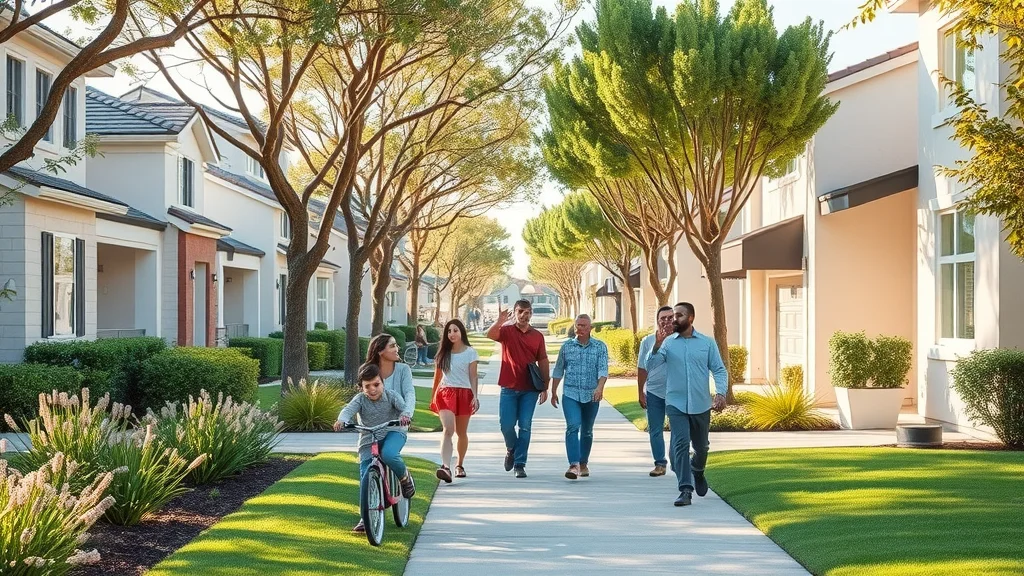
Urban Development and the City of Irvine: Modern Milestones
Since its incorporation, the city of Irvine has set new standards in urban development through a series of ambitious projects and continuous innovation. New master-planned villages like Woodbury, Stonegate, and the bustling Irvine Spectrum reflect the evolving needs of growing families, tech professionals, and entrepreneurs. Large-scale projects such as the county's Great Park and renewed commitment to bike trails and green belts ensure sustainable growth. Today, Irvine’s skyline is dotted with modern commercial centers, inviting cultural hubs, and noteworthy public spaces, making it one of the fastest-growing, safest, and most prosperous communities in Southern California.
“Few cities manifest planned growth so distinctly as Irvine, CA.” / Regional Historian
Irvine's success is measured not only in population growth but in its continued ranking as one of the safest and happiest cities in the United States. Its diverse neighborhoods and seamless blend of residential, commercial, and recreation areas provide a unique template for how the American city can and should adapt for the future.
People Also Ask: Unraveling Popular Questions about Irvine, CA History
Why is Irvine, California famous?
Irvine, CA, is renowned nationwide for its status as the ultimate master-planned city, offering top-rated schools, robust public safety, and a thriving environment for technology and education. These qualities, combined with beautiful neighborhoods and extensive open space, make Irvine a leader in quality of life and innovation.
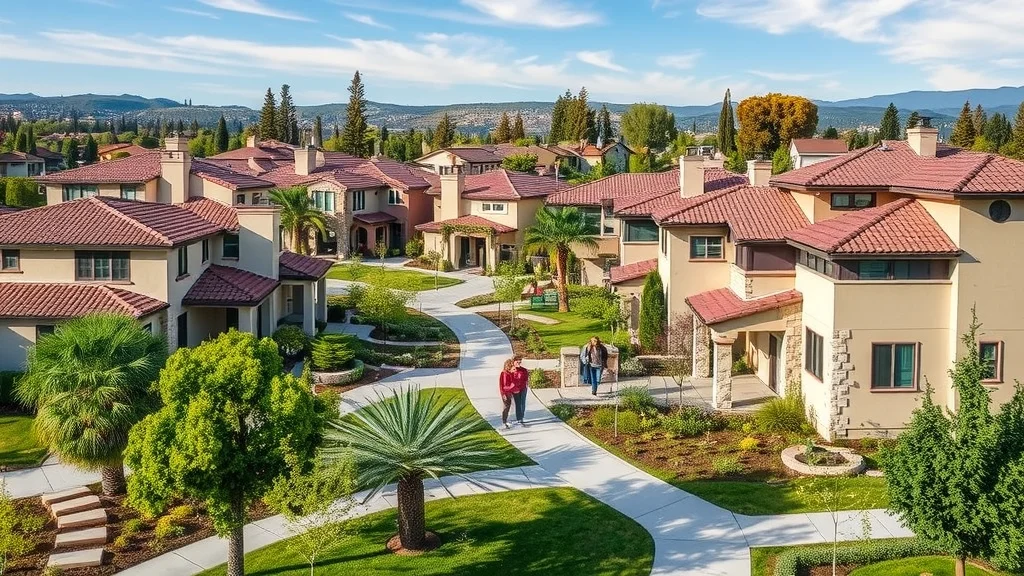
Who is the secret billionaire in Irvine?
While many successful entrepreneurs and business leaders reside in Irvine, Donald Bren, the chairman of the Irvine Company, stands out as the city’s best-known yet low-profile billionaire. His vision and leadership have quietly but profoundly shaped the city’s evolution.
What is the oldest house in Irvine, CA?
The oldest residence in Irvine is part of the Irvine Ranch Historic Park, where several original structures date back to the late 1800s, preserving the legacy of the area’s early ranching days.
Why do a lot of Asians live in Irvine?
Irvine’s high-ranking schools, its focus on higher education through UCI, vast employment opportunities, and international corporate presence have attracted a large and diverse Asian community. This diversity enriches the city’s culture, food, and business scene.
Video Tour: Tracing Irvine, CA History through Landmarks
Experience the story of Irvine, CA history through a dynamic video tour journeying from Great Park’s soaring orange balloon to the innovative UC Irvine campus, historic ranch homes, and vibrant new neighborhoods. Discover the places and spaces that define Irvine’s legacy and future.
Key Takeaways: The Enduring Legacy of Irvine, CA History
Irvine, CA, history is defined by planning, vision, and preservation.
The city’s commitment to open space and education sets a national example.
Irvine Ranch legacy continues to shape vibrant, sustainable communities.
Frequently Asked Questions about Irvine, CA History
What role does Great Park play in Irvine, CA history?
The Great Park sits on the site of the former Marine Corps Air Station and symbolizes the city’s transformation from military use to public green space, reinforcing Irvine’s reputation for open space preservation.How has the Irvine master plan influenced other cities?
Irvine’s innovative master plan approach has inspired city planners across the United States to prioritize walkability, zoning, green space, and balanced urban development.Who are some notable figures in the city of Irvine history?
Key figures include James Irvine, James Irvine II, Donald Bren of the Irvine Company, architect William Pereira, and the countless community and civic leaders who brought the city’s vision to life.
Ready to Dig Deeper into Irvine, CA History?
The Daro Digital Team hopes this article has been interesting and valuable to you. Do you have any questions, or would you like us to help your company with Local Marketing and becoming a Trusted Topical Authority in your industry? Send us an email: info@darodigitalmedia.com or schedule a call with us at https://talkwithrob.com
Sources
To further enrich your understanding of Irvine’s history, consider exploring the following resources:
“Irvine, California”: This comprehensive article provides an in-depth look at Irvine’s development, from its early days as part of Spanish land grants to its transformation into a master-planned city. (en.wikipedia.org)
“Irvine | California, Map, & Facts”: This resource offers a concise overview of Irvine’s historical milestones, including its agricultural roots and the establishment of the University of California, Irvine. (britannica.com)
These resources provide valuable insights into the unique planning and development that have shaped Irvine into the vibrant community it is today.
 Add Row
Add Row  Add
Add 

